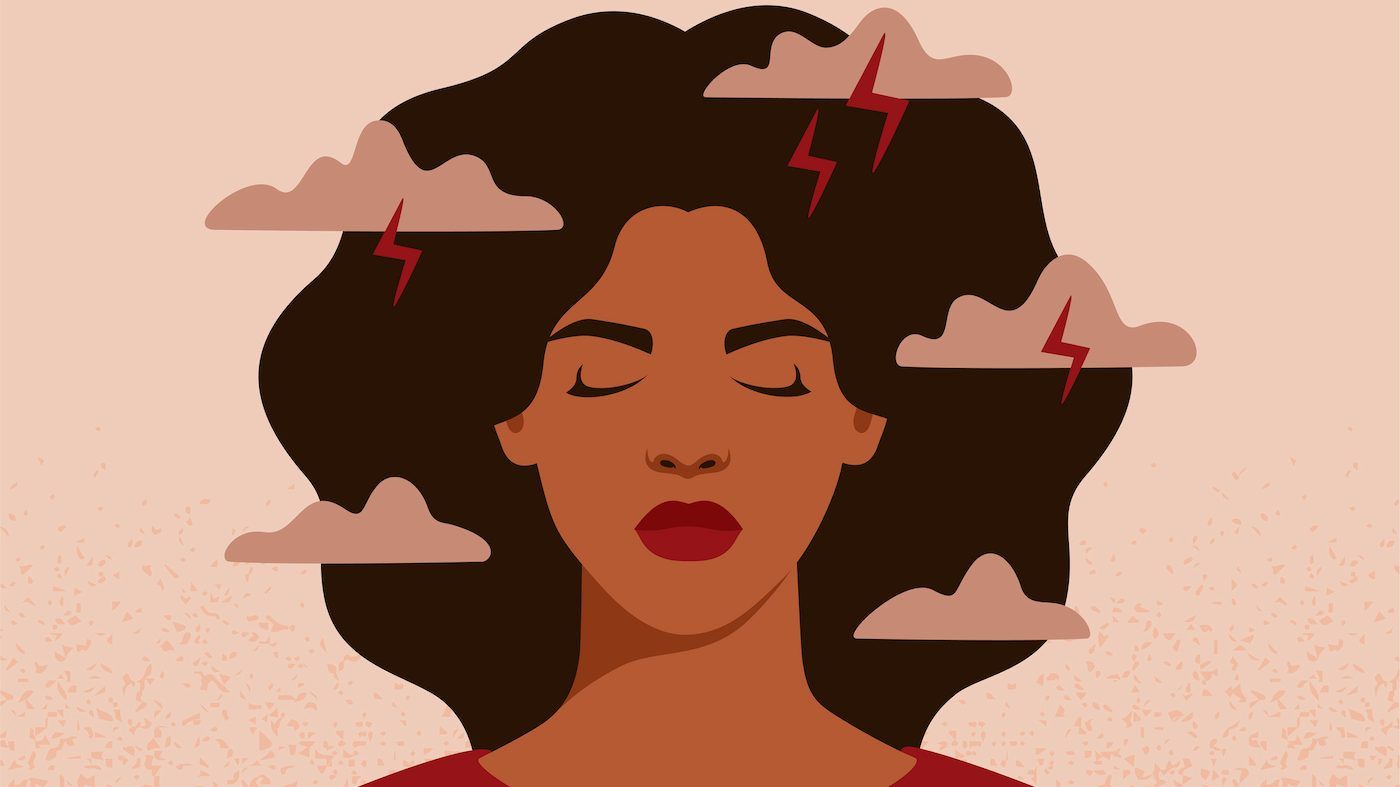to arrive at their results, researchers recruited 874 people (66 per cent male, 34 per cent female) who had been diagnosed with the disorder and asked them to complete a detailed questionnaire about their experiences with cluster headaches, including any relevant symptoms, triggers, medications and lifestyle habits.
women experience longer attacks than men
they found that women were more likely than men (18 per cent vs. nine per cent) to be diagnosed with chronic cluster headache, a condition in which cluster headaches endure for one year or more without interruption, or with an interruption that lasts less than three months.
women also experienced longer lasting attacks, with eight per cent of women (compared to five per cent of men) reporting their bouts lasted four to seven months, on average. they were also more likely than men to experience bouts lasting less than a month (26 per cent vs 30 per cent).
according to researchers, the symptoms experienced by women tended to occur more often at different times throughout the day than those of men (74 per cent vs. 63 per cent) and women were more than twice as likely as men to have a family member with a history of the condition.
“while the ratio of men to women with cluster headache has been shifting over the years, it is still considered mainly a disorder of men, making it more difficult for women with milder symptoms to be diagnosed with cluster headache than men,” belin said. “it’s possible this could contribute to the higher rate of chronic cluster headache in women.”
 2 minute read
2 minute read









